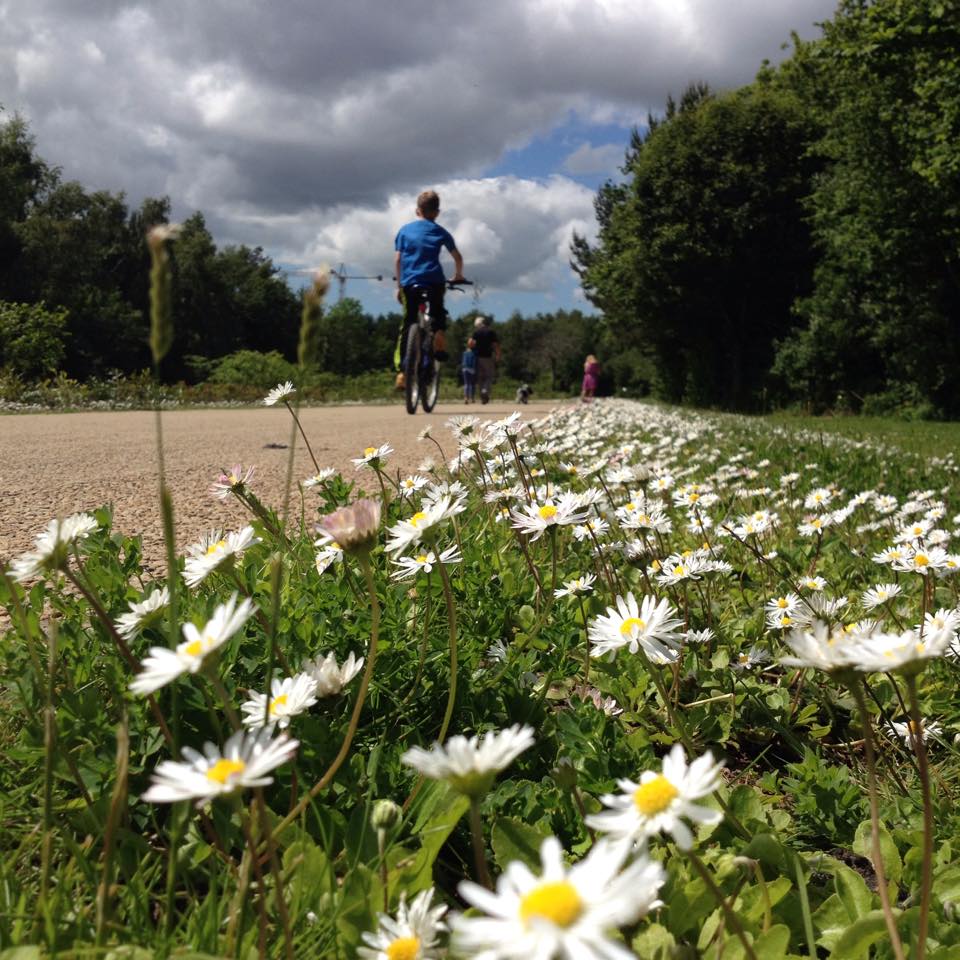In recent years, there has been a wide ranging debate across the housing, planning, health and infrastructure sectors about the development of healthy places in both regeneration and newly approved projects.
In 2016, Town and Country Planning Journal published an article on building health and wellbeing into the built environment (Town and Country Planning, Vol 85 No 11 Nov 2016, Knowledge Exchange customers can login to view the article here) In 2017 and 2018 the talk was all about healthy towns initiatives, and a Design Council report in 2018 looked at the relationship between healthy placemaking and the impact on our communities. In 2019 the Town & Country Planning Association (TCPA) called on members to “reunite” health and planning.
It is clear that everyone involved in placemaking agrees building places that promote health and wellbeing for all is of vital importance to our communities, The Covid-19 pandemic brought this into sharp focus, and the idea remains at the forefront of design policy, particularly in urban city contexts. But, over four years after the initial conversations and thought pieces, why are we still talking about it, and what actions still need to be taken to integrate the idea of a healthy place into planning to the extent that it just becomes the norm in the planning and design of our places?
Preventing avoidable disease
The phrase ‘healthy placemaking’ has been defined by Design Council as: “Tackling preventable disease by shaping the built environment so that healthy activities and experiences are integral to people’s everyday lives”.
Public Health England defined healthy placemaking as: “Placemaking that takes into consideration neighbourhood design (such as increasing walking and cycling), improved quality of housing, access to healthier food, conservation of, and access to natural and sustainable environments, and improved transport and connectivity”
Research has shown preventable diseases linked to lifestyle and environment are among the most significant threats to public health. Lifestyle-related conditions like heart disease and cancer, as well as being health problems in their own right, can also contribute to the development of other chronic conditions, exacerbate symptoms and create complications with care which are costly to the NHS.
Creating healthy spaces is not just about encouraging people to live more active lifestyles by facilitating active travel and improving the environment around buildings, although this is a significant part of it. “Healthy places” include approaches to improve air quality, reduce loneliness, allow people to age well in place, promote mental as well as physical wellbeing, reduce deprivation and inequality through projects like housing, infrastructure development, and high street regeneration.
Healthy places also have a preventative role to play in public health management, not just a health improvement role; such interventions are essential to help avert the onset of disease, improve people’s quality of life and reduce health inequalities. And evidence shows the return on investment from public health interventions is high and creates value of different kinds – economic, social and personal.
In short people who live in healthy places, tend to live healthier lives, place less strain on services and “contribute” more to society, both economically through work or spending and socially through community engagement.
Enabling planning practitioners to think about creating healthy places
Research published in 2020 by the Royal Town Planning Institute (RTPI) explored local, national and international planning practices that enable the creation and delivery of healthy places. While a lot of research draws attention to the barriers to building healthy places – including a lack of funding, different requirements from developers and conflicting policy priorities – the RTPI report instead sought to identify important challenges faced by planners who try to integrate healthy placemaking principles in their decisions and then offer potential solutions to these in practice. Key themes emerging from the report include a need to improve collaboration, knowledge sharing and the skills of planners.
The report provides case studies looking at: the place standard tool; the livewell development accreditation; connecting communities in Tower Hamlets; health planning in South Worcestershire; and train station district rejuvenation in Grasse, France. It also identifies seven steps to plan for healthier environments
Across the sector there have been calls for planners to be allowed to be innovative, creative and take a “visionary” approach to planning to help make places healthier in order to address the convergence of challenges around public health, the climate emergency, and economic recovery from Covid-19.
How has the coronavirus pandemic changed how we think about healthy spaces?
The lockdowns imposed as a result of the coronavirus pandemic have thrown the importance of quality space into sharp focus. Places that facilitate health and wellbeing among the people who live there, and places where the indoor living quality is as important as the outdoor space have become incredibly important.
The pandemic has highlighted what it really means to have a healthy space. It has also demonstrated how wider socioeconomic deprivation and inequality – linked to living conditions as well as other factors – is having an impact on infection and hospital admission rates, with those groups who live in more deprived areas being found to be at a higher risk of becoming seriously ill or being admitted to hospital with Covid-19.
The 2018 Design council report found in its survey of practitioners that focus was given far more to outdoor space than to indoors, as it was easier and more cost effective to make changes that could produce demonstrable impacts (an increase in cycling, for example). But the pandemic and the increased time we have been forced to spend indoors has encouraged designers and urban planners to think even more creatively about quality space in their developments.
Where now?
Public Health England (PHE) which for many years was a strong voice in the conversations around healthy placemaking has been disbanded and will be replaced by a National Institute of Health Protection. It remains to be seen how, or if this new organisation will fit into the conversation going forward. But reflecting on recent reports on the significant public health crisis facing the UK in the long term, it is clear that the work must continue, driven collectively by those in planning, urban design and public health.
Follow us on Twitter to find out which topic are interesting our research team
Share
Related Posts
By Donna Gardiner While free school meals (FSM) have been available in England on a means-tested basis since 1944, recent years have seen a renewed focus upon the potential benefits of providing free school meals to all school-aged children. Currently, ....




